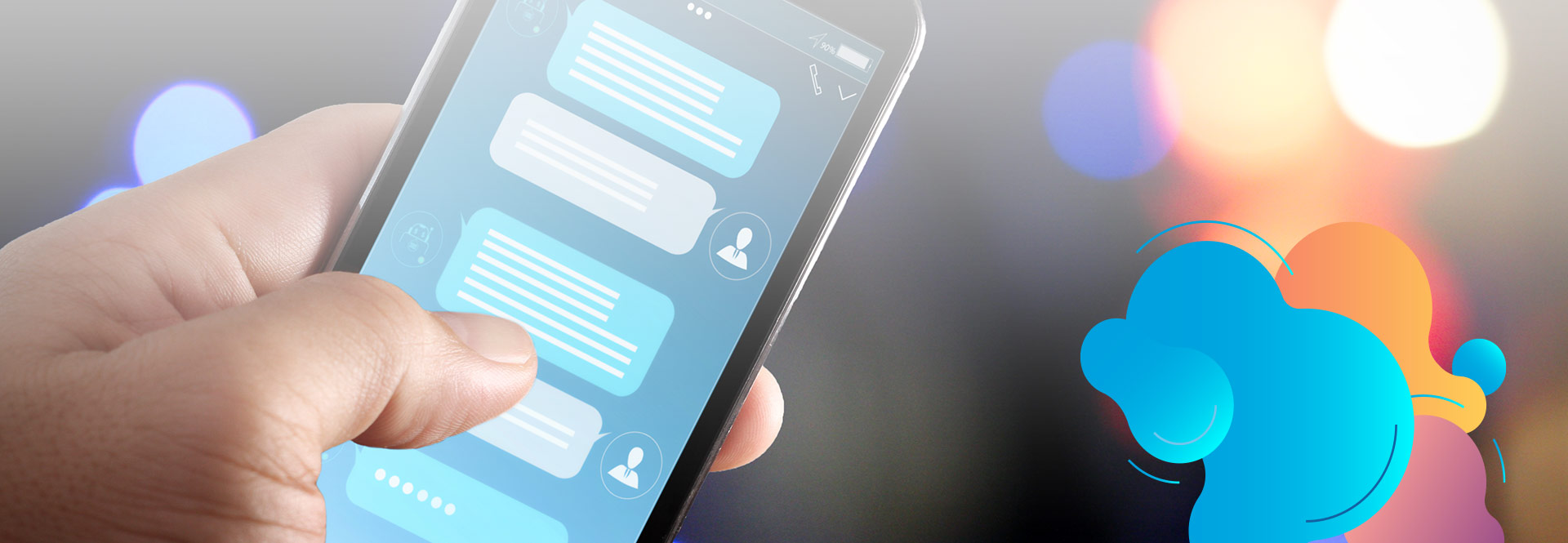
Customer service is undergoing a massive transformation, driven by the rising expectations and demands of the changing consumer landscape. According to Salesforce, 80% of customers believe that the experience provided by a brand is as important as its products and services. In addition, 66% of customers expect companies to automatically understand their needs and expectations.
Fortunately, companies are starting to respond to this changing landscape. We’ve seen the average “call center” evolve into a contact center designed to deliver a phenomenal customer experience across all channels.
With the aid of artificial intelligence, new technologies consolidate desktop applications, guide customer service agents through interactions, and provide insight into customer sentiment. Companies are even beginning to automate their CX strategies to help their employees and increase productivity. But even as companies struggle to keep up with the latest changes in the customer service landscape, the pace of evolution is rapid.
If you want to stay ahead of the competition, you need to know what’s coming.
What Does the Future of Customer Service Look Like?
While it’s impossible to predict exactly what the future will hold for customer service, we can use the trends uncovered in recent years to determine where CX is headed. Examining the evolving landscape and the many changes that have taken place within the service ecosystem over the past year offers us some important insights into what customers expect today.
Here are some of the trends you should prepare for as we head into 2023 and beyond.
1. Frictionless, Omnichannel Experiences
In recent years, customers have begun to discover the benefits of communicating with companies across multiple channels and platforms. Long gone are the days when customers relied solely on phone calls to connect with brands. Today’s consumers expect you to know where they prefer to have their conversations and to be accessible on every channel.
Perhaps most importantly, as we develop omnichannel experiences for customer service of the future, every interaction should be “frictionless.” In other words: Not only do your customers want the ability to switch between channels when seeking information and support, but they also want to be able to move seamlessly from one platform to the next.
96% of consumers say they expect companies to make it as easy as possible for them to switch between channels. That means your backend environment should make it easy to move context from one channel to the next as the customer conversation evolves.
2. Streamlined, Simple Interactions
Customer service in the new age must not only be omnichannel but also free of the usual hassles that today’s consumers are tired of. In today’s fast-paced world, customers are less willing to deal with long wait times, stressful self-service experiences, and understaffed customer service. They want you to solve these problems and provide a simple, flexible experience.
Companies need to upgrade their service strategies with tools that enable employees to get more done in less time. This means investing in solutions that automate repetitive tasks so employees can focus more on developing stronger customer relationships. It also means leveraging artificial intelligence for things like intelligent routing and virtual assistants that give employees quick access to relevant information about each customer’s needs.
Speaking of artificial intelligence, as customers look forward to an era of “predictive” and “proactive” service, it will become increasingly important to use intelligent tools that can detect and prevent problems before they occur. Eliminating potential problems before they occur can greatly improve the customer experience while freeing up the staff responsible for delivering excellent customer care.

3. Augmented Customer Service Reps
As expectations rise and customer needs become more complex, customer service representatives are under greater pressure than ever before. In a world where most customers can find solutions to simple problems through a simple online search, many will only communicate with a customer service representative when they have a more complicated problem to solve.
Customer service representatives are facing increasingly complicated scenarios requiring further training and extended support. Fortunately, there are tools available to help these employees succeed. As mentioned earlier, automation solutions can help eliminate some of the repetitive tasks from an employee’s to-do list, allowing them to focus on the issues that really matter.
At the same time, smart solutions can provide team members with additional support when it comes to managing the increasing volume of support requests they receive each day. Smart chatbots can gather information about a customer before routing them to an agent, and even walk them through troubleshooting specific issues in advance.
4. More Comprehensive Self-Service
According to Gartner, 70% of customers now use self-service channels at some point in their customer experience journey. However, only 9% of customers can fully complete their interaction with self-service applications alone. The main reason for this is that many old-fashioned bots and self-service tools simply don’t have the power to solve more complex customer problems.
As customers increasingly turn to self-service solutions to quickly resolve issues without human assistance, companies need to invest more time and effort into making these tools as intuitive and efficient as possible. This means they need to invest in solutions powered by AI, machine learning, and natural language processing and include automation.
The right tools should be able to intelligently respond to any customer question, using information from the company’s database and CRM solution. Modern self-service solutions should handle even complicated interactions without having to constantly refer customers to an agent, so customers can resolve issues faster and companies can make the best use of their human resources.
5. Hyper-Personalization is a Must
As the future of customer service becomes increasingly digital, consumers are unwilling to trade personal, human experiences for convenience. They want every interaction tailored to their specific needs. This means companies need to do more to provide each customer with a unique interaction based on their specific needs.
Companies have already begun to focus more on hyper-personalized interactions by giving consumers more choices in how they interact with a brand. Today’s customers can request a video call if they want a representative to walk them through the steps of setting up a new system, or they can request a call back from a representative if a service representative is unavailable.
In the coming years, however, it’ll be critical to take this personalization strategy to the next level. Service workers, both human and digital, must be able to access up-to-date insights about a customer directly from embedded CRM systems and tools within their communications ecosystem. An all-in-one environment that gives employees instant access to relevant information will be critical to ensuring that the service offered is unique to each customer.
Transforming the Future of Customer Service
Perhaps one of the most important things that all the upcoming trends in the customer service landscape have in common is that they all point to a future where digital interactions are the norm. Companies clearly need to invest in a digital transformation strategy for their service initiatives if they want to keep pace with their customers’ demands for hyper-personalized, intelligent, and optimized service experiences.
However, simply adding new tools to your ecosystem isn’t enough to create a frictionless digital solution for customer service. Building a plan for true innovation requires a careful strategy and a platform capable of adapting to the ever-changing needs of your business.
Contact Bulb Technologies today to find out how our powerful Total Experience platform can help you empower your workforce, improve customer service, and drive self-service strategies – all at the same time, without breaking your budget.
Are you ready for transition to digital?
Contact us and leverage our Cempresso platform to deflect 25% of calls to digital customer service



